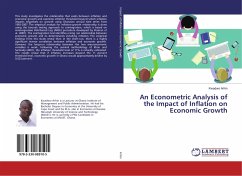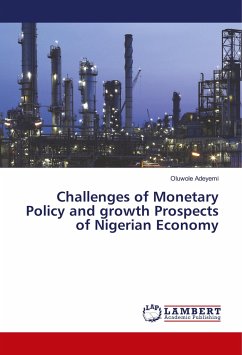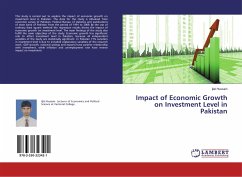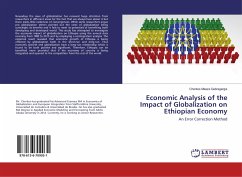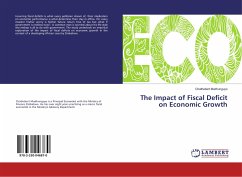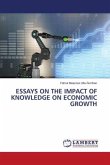This study investigated the impact of monetary policy on economic growth in Namibia using annual time series for the period 1990-2015. The study adopted a Vector Error Correction Model (VECM) to analyze the long run relationship between the variables.The study also employed the ADF and PP Unit root tests, Johansen test of co-integration, Granger Causality/Block Exogeneity Wald Tests (GCBEWT) to examine the order of integration of all variables, number of co-integrating equations and the direction of causality among the variables. The major conclusion that can be drawn from this study related to monetary policy and economic growth is that both money supply and repo rate makes a significant contribution to Namibia economic growth, hence the study recommends that the government through the Bank of Namibia should remain proactive in controlling repo rate and money supply to ensure that they support the BoN monetary policy objective of price stability while contributing to Namibia's Vision 2030 of becoming an industrialized country through sustainable economic growth.
Bitte wählen Sie Ihr Anliegen aus.
Rechnungen
Retourenschein anfordern
Bestellstatus
Storno


